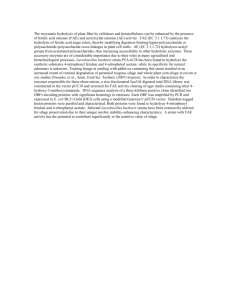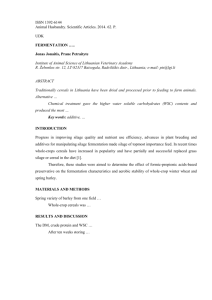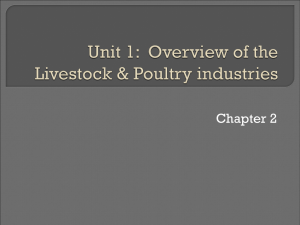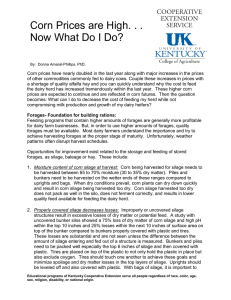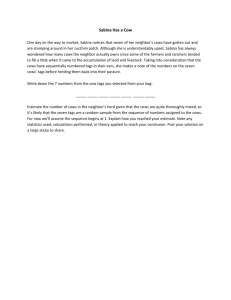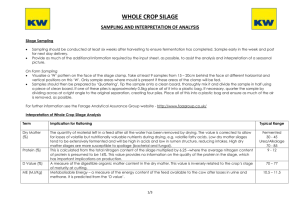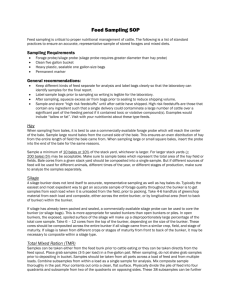December 2014 - Linwood Veterinary Services
advertisement
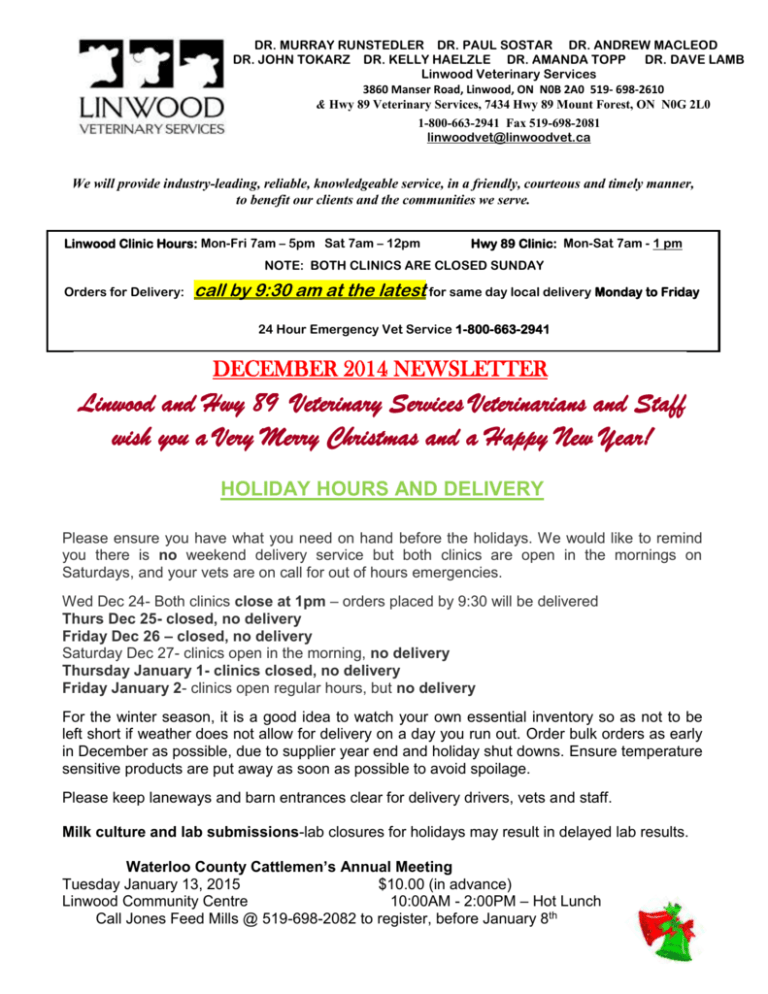
DR. MURRAY RUNSTEDLER DR. PAUL SOSTAR DR. ANDREW MACLEOD DR. JOHN TOKARZ DR. KELLY HAELZLE DR. AMANDA TOPP DR. DAVE LAMB Linwood Veterinary Services 3860 Manser Road, Linwood, ON N0B 2A0 519- 698-2610 & Hwy 89 Veterinary Services, 7434 Hwy 89 Mount Forest, ON N0G 2L0 1-800-663-2941 Fax 519-698-2081 linwoodvet@linwoodvet.ca We will provide industry-leading, reliable, knowledgeable service, in a friendly, courteous and timely manner, to benefit our clients and the communities we serve. Linwood Clinic Hours: Mon-Fri 7am – 5pm Sat 7am – 12pm Hwy 89 Clinic: Mon-Sat 7am - 1 pm NOTE: BOTH CLINICS ARE CLOSED SUNDAY Orders for Delivery: call by 9:30 am at the latest for same day local delivery Monday to Friday 24 Hour Emergency Vet Service 1-800-663-2941 DECEMBER 2014 NEWSLETTER Linwood and Hwy 89 Veterinary Services Veterinarians and Staff wish you a Very Merry Christmas and a Happy New Year! HOLIDAY HOURS AND DELIVERY Please ensure you have what you need on hand before the holidays. We would like to remind you there is no weekend delivery service but both clinics are open in the mornings on Saturdays, and your vets are on call for out of hours emergencies. Wed Dec 24- Both clinics close at 1pm – orders placed by 9:30 will be delivered Thurs Dec 25- closed, no delivery Friday Dec 26 – closed, no delivery Saturday Dec 27- clinics open in the morning, no delivery Thursday January 1- clinics closed, no delivery Friday January 2- clinics open regular hours, but no delivery For the winter season, it is a good idea to watch your own essential inventory so as not to be left short if weather does not allow for delivery on a day you run out. Order bulk orders as early in December as possible, due to supplier year end and holiday shut downs. Ensure temperature sensitive products are put away as soon as possible to avoid spoilage. Please keep laneways and barn entrances clear for delivery drivers, vets and staff. Milk culture and lab submissions-lab closures for holidays may result in delayed lab results. Waterloo County Cattlemen’s Annual Meeting Tuesday January 13, 2015 $10.00 (in advance) Linwood Community Centre 10:00AM - 2:00PM – Hot Lunch Call Jones Feed Mills @ 519-698-2082 to register, before January 8th Open cows! When is it a problem? Open cows are simply a fact of life and attempting to achieve a 100% pregnancy rate is not cost effective and shouldn’t be your goal. A few open cows every year means there is some healthy selection pressure put on fertility and allows animals which are the best-fit for your environment to remain in the herd. However, if the number of open cows is excessive then an evaluation of management, nutrition and herd health needs to take place. Research illustrates a strong link between body condition score (BCS) of cows and their ability to breed back. BCS plays a role in subsequent pregnancy rates. Cows in better condition have a greater probability of breeding early, a greater chance at becoming pregnant and staying pregnant. Thin cows at calving generally do not breed back well and this may be the cause of poorer preg-check results later. Nutritional plane may also be the problem. Cattle losing weight often do not get pregnant or stay pregnant. Dairy cattle have negative energy balance issues and this effects conception rate for years. If your cattle cannot support weight gain or maintenance then why should they support pregnancy? In summary, preparing cattle to gain weight, or certainly not lose it, during breeding season could benefit your preg rates. Higher feed costs may have enticed producers to feed some questionable feeds in recent years. Feeds containing mycotoxins such as aflatoxin, fusarium, zeralenone, etc. at high levels can be responsible for abortion. Test high risk feeds and eliminate the feed from the ration or add a toxin binder. Compromised herd health is many times worthy of investigation. Your veterinarian will have the best ability to diagnose herd health issues. Visual appraisal as well as blood work may be needed to determine what disease may be causing failure of cattle to breed and hold a pregnancy. Some common diseases that can result in abortion or failed breeding are Bovine Respiratory Disease (BRD), Leptospirosis, Leukosis, and Neospora. Consult your veterinarian for more information on the possibility of these diseases being the culprit of a poor preg-check. Proper health and nutrition that leads to desired pregnancy results is a must for today’s producers. Silage Hazards Many producers have started accessing this year’s silage and safety should be a top priority. Be aware of toxic gases that are produced during the fermentation process since they are often fatal when inhaled. Nitric oxide (NO), nitrogen dioxide (NO2) and nitrogen tetroxide (N2O4). The greatest concentration of these gases occurs during the fermentation process in the first 3 weeks after filling the silo. Once a silo is opened up for the first time run the silage blower for 20-30 minutes, wear a respirator and be tethered to a rope or harness for safety if you need to enter a confined space. In addition to gases, sometimes there may be molds present. These molds produce toxins such as aflatoxin, mycotoxin, endotoxin, etc., which can trigger asthma attacks or allergic reactions. Precautions such as dust masks or respirators are recommended also when handling moldy silage, anytime throughout the feed handling process. The “lock-out-tag-out” system should be engaged so that the blower is not accidentally turned on by someone outside the silo if maintenance or repair is being performed inside the silo. Finally, make sure all ladders and chutes are in good repair to prevent accidents from occurring. Risks to be aware of once bunker silage piles are accessed. Silage piles with an overhang or lip may occur at the top of the pile and these can collapse as silage underneath is removed. Always remove silage from the top of the pile working towards the bottom, evenly across the front of the pile. Care should also be taken when removing tires and tarps covering the pile, making sure not to get too close to the edge and fall off. When operating equipment around silage piles, make sure there is a cab equipped with a R.O.P.S. (rollover protective structure), to provide extra protection if the pile would collapse on top of the equipment. Communicate and train all employees and workers on proper safety protocols for handling and accessing silage. Do not be afraid to correct improper worker performance, you may save a life!

